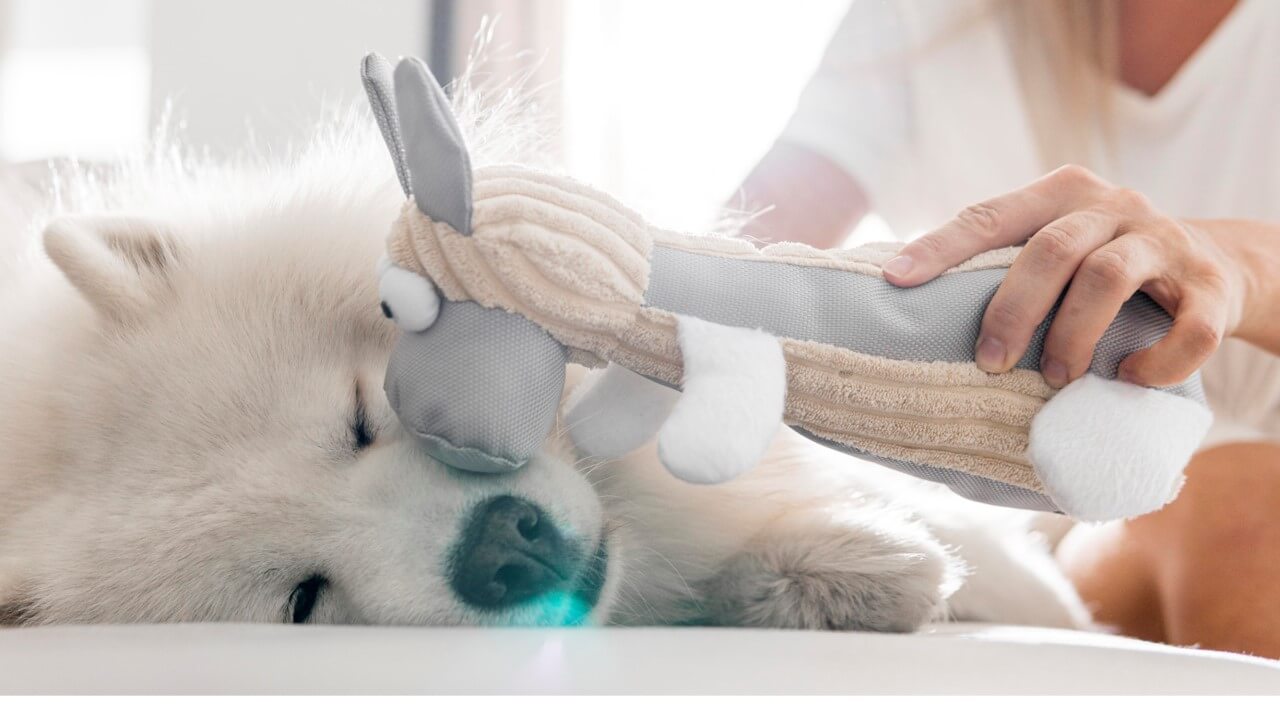Patients' affective and emotional needs have recently attracted more attention, particularly in relational therapies, which are thought to be essential to better understanding those needs and patients' well-being. Residents who include pets in their daily routines report feeling less lonely and shifting their attention to things they should be grateful for. Pet owners must provide their pets with a variety of things, including food and exercise, and these requirements can provide nursing home residents with an incentive to get up and increase their physical activity.
Animal-assisted therapy
Although less frequent, animal-assisted therapy is more suitable for patients who require a more intensive form of therapy to aid in their rehabilitation. The ability of the patient to responsibly care for their pet round-the-clock, as they would if they were living independently, is required for ownership therapy, which is another type of pet therapy in that patients can participate. This type of therapy necessitates a mental and physical evaluation of the patient.
The Advantages Of Animal Therapy
There are many advantages to incorporating pet therapy into an elderly person's daily routine. Nursing home residents have led active, independent lives prior to moving in, so having a caregiver tend to all of their needs can make them feel disconnected from themselves and vulnerable to low self-esteem.
Brings back pleasant memories
Therapy animals frequently evoke pleasant memories of past pets or times spent with family and friends, which is an effective way to help residents with dementia and Alzheimer's regain their memories. Although pet therapy doesn't "cure" emotions, it can significantly improve mindset and divert from negative feelings. It has been reported that many seniors with Alzheimer's disease or another form of dementia can start to feel depressed as a result of isolation.
Reduces feeling of isolation
Despite having many other residents and care staff around them, moving into a care facility or nursing home can be a lonely experience. It can be lonely to move away from a long-time residence and, in some cases, from family, and many people experience a loss of independence and sense of self. Even if they have never owned an animal before, having one enter a nursing home or care facility has had a profound impact on thousands of residents. The majority of them responded positively, and their feelings of loneliness and isolation decreased.
Increasing activity levels
For those who would not otherwise be motivated to move around, animal therapy in care facilities or nursing homes helps to introduce the physical activity, or it will increase the amount of exercise that they already do. Even kneeling down and petting a cat or dog is beneficial movement and engagement for a resident. They may walk the dog around the gardens.
Boosts Social Engagement
When a therapy animal visits a nursing home or care facility, the residents have something to look forward to and are encouraged to interact with the pet therapy owner, staff, and other residents as well as the animal. Reaching out and getting involved can be the most challenging part of moving into a care or nursing home, so it's a good way to encourage social interaction between the residents.
Special Considerations:
The most crucial thing to keep in mind is that while having pets can be advantageous for some, not everyone enjoys having them around, especially those who have allergies to particular animals. It's crucial to obtain each patient's consent, as well as that of their attending physician, management, daily caregivers, activities staff, and the patient's family, before proceeding, regardless of whether the pet will be staying temporarily or moving into the facility. The next factor that needs to be taken into account is the financial and physical commitment that comes with pet ownership.
Despite the fact that 93 percent of facilities claimed to have an animal policy, the majority of these policies lacked details about potential health and safety risks like infections or diseases that animals might carry. The majority of policies required vaccinations and designated caregivers for the animals. It is crucial to confirm with the protocol that the correct procedures are being followed.
1NURSE Mobile App
Browse nursing jobs, articles, and videos









